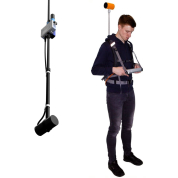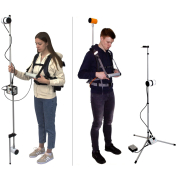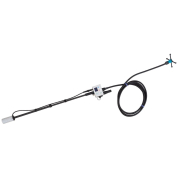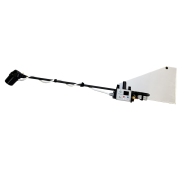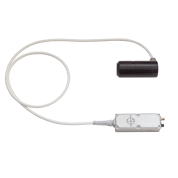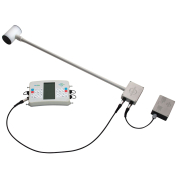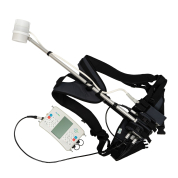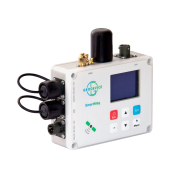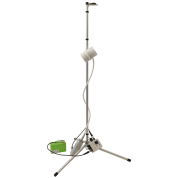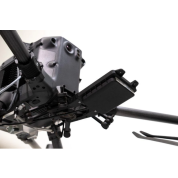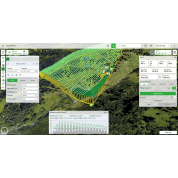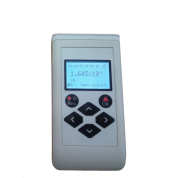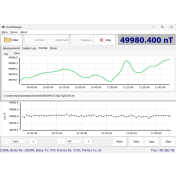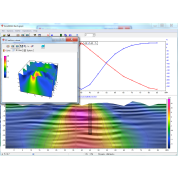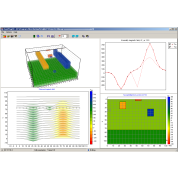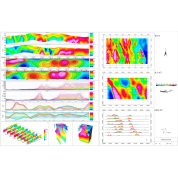Land, Drone & Airborne Magnetic
Versatile bundles for any type of surveys
UAV and Airborne magnetometers
Ground walking and base magnetometers
Tools for mission planning and terrain-following
Susceptibility meter
SOFTWARE
Cesium, Overhauser Magnetometers, and Susceptibility Meter
Magnetometers play a crucial role in mineral and oil and gas exploration, UXO and archaeological studies. Among the most sensitive and widely used types are cesium magnetometers and Overhauser magnetometers, which provide high-precision magnetic field measurements. Additionally, susceptibility meters (kappameters) are employed to determine the magnetic susceptibility of rocks and materials. These instruments are available in various configurations, including walking, drone-based, airborne, and stationary base station setups.
Cesium Magnetometers
Cesium vapour magnetometers are quantum magnetometers that operate based on the optically pumped quantum transition of cesium atoms. These devices offer absolute scalar measurements with high sensitivity and rapid sampling rates, making them ideal for airborne and drone surveys, as well as high-resolution ground-based mapping.
Cesium magnetometers are commonly used in mineral exploration, archaeological surveys, and unexploded ordnance (UXO) detection. Their advantage lies in their ability to deliver precise measurements without the need for calibration drift corrections, making them superior to many fluxgate or proton precession magnetometers.
Overhauser Magnetometers
Overhauser magnetometers are an advanced type of proton precession magnetometer, benefiting from a unique Overhauser effect that enhances signal strength. This improvement leads to better signal-to-noise ratios and lower power consumption compared to conventional proton magnetometers. Overhauser magnetometers provide highly accurate absolute field measurements with sensitivities of about 0.02 nT, making them suitable for both static and mobile applications.
One of the key advantages of Overhauser magnetometers is their ability to operate with minimal power consumption while maintaining high sensitivity. This feature makes them well-suited for long-duration field surveys, including marine, terrestrial, and aeromagnetic applications.
Walking Magnetometers and Gradiometers
Walk-through (pedestrian / walking) magnetometers are widely used in field surveys for detecting subsurface structures, geological faults, and buried objects. They can be deployed in an array to create high-resolution magnetic maps and are often used in combination with other geophysical methods.
Drone Magnetometers
The integration of magnetometers with unmanned aerial vehicles (UAVs) has revolutionised magnetic surveys. Drone magnetometers allow for efficient data acquisition over difficult terrain, reducing survey time and operational costs. These systems utilise lightweight cesium or Overhauser magnetometers, often mounted on a suspended boom to minimise magnetic interference from the drone’s components.
Drone surveys are particularly advantageous in mineral exploration, UXO studies, and archaeological investigations, providing high-resolution magnetic anomaly maps with improved spatial coverage.
Airborne Magnetometers
Fixed-wing and helicopter-mounted magnetometers are employed for large-scale magnetic surveys, offering extensive coverage and rapid data collection. These systems typically use high-sensitivity cesium vapour magnetometers, mounted in towed bird configurations or fixed within the aircraft.
Airborne magnetometry is widely used in regional geological mapping, resource exploration, and environmental assessments. The ability to cover vast areas in a short time makes it an invaluable tool in geophysical exploration.
Base Station Magnetometers
Base station magnetometers are essential for correcting temporal variations in the Earth's magnetic field. These stationary units continuously record background magnetic field fluctuations, allowing for the removal of diurnal variations and improving survey accuracy. Base station data is used to correct field measurements by compensating for temporal variations, ensuring higher precision in survey results.
Kappameters (Magnetic Susceptibility Meters)
Magnetic susceptibility meters, or kappameters, measure the ability of materials to become magnetised in response to an applied magnetic field. These instruments are crucial in geological mapping, core logging, and archaeological studies, providing insights into rock composition and mineral content.



